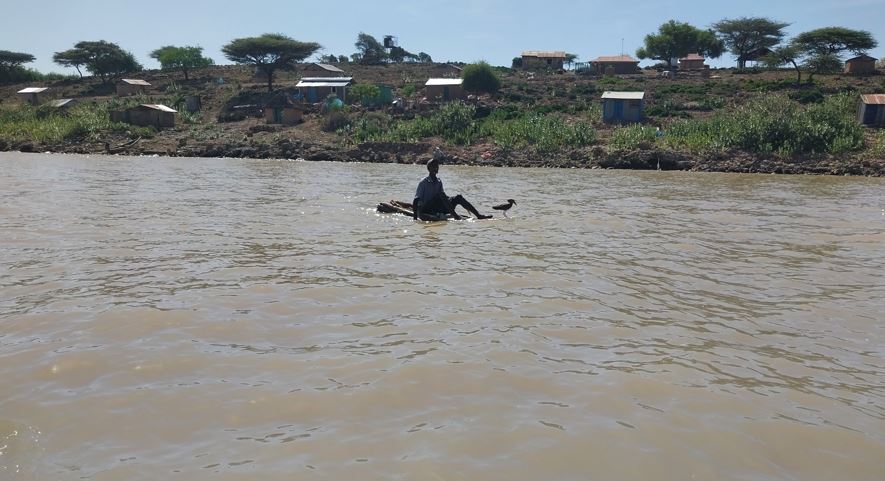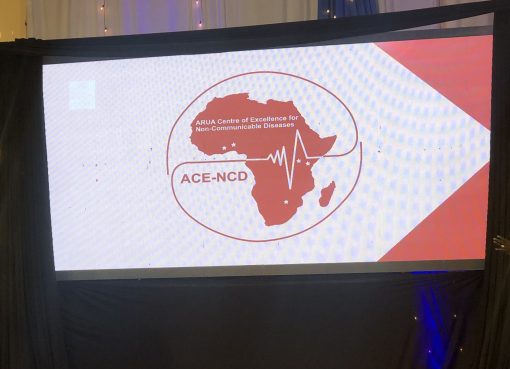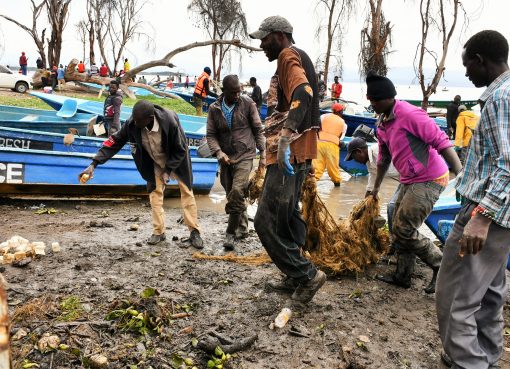Baringo’s elected leaders, in conjunction with the Ministry of Water, have mapped all critical water infrastructures set to be implemented to move the region from over-dependence on rain-fed agriculture.
During a forum with the principal secretary for Water and irrigation, Dr. Paul Kiprono, the leaders identified Lake Baringo, Amaya, Chemususu, Kirandich Phase 2, Radat, Perekei, and Oke dams as some of the flagship projects to be funded on priority.
In a meeting held at county commissioner Stephen Kutwa’s office in Kabarnet, the members of parliament and Governor Benjamin Cheboi said that the development of dams, boreholes, pans, and the harnessing of perennial rivers will go a long way in creating employment opportunities for many people, particularly the jobless youth.
They called on the PS to join hands with them in looking for donors and partners who will help in the solarization of Lake Baringo waters for the establishment of a mega irrigation scheme expected to cover three sub-counties of Baringo North, Marigat, and Tiaty.

The meeting was informed that a feasibility study conducted on the freshwater body indicated that more than 56,000 acres of arable land will be put under agriculture once the solarization programme is carried out.
“Apart from putting a huge chunk of land under irrigation, solarization of the natural dam will assist in the creation of employment for over 100,000 people in the catchment areas,” Baringo North MP Joseph Makilap observed.
Makilap, whose sentiments were shared by Tiaty counterpart William Kamket, stated that irrigated agriculture is expected to stamp out perennial cattle rustling and banditry activities in the region, which for ages have frustrated meaningful agricultural development.
Governor Cheboi said in his remarks that the county government is steadfast in supporting efforts to upscale the construction of dams, pans, and boreholes in order to solve water shortages, especially during prolonged droughts that ravage the vast region.
He pointed out that his administration has so far drilled 317 boreholes, rehabilitated 57 water pans, and drilled 61 new boreholes in a bid to alleviate the current water scarcity experienced in the county.
“As a county, we have purchased drilling rig equipment, and we request one more rig for us to undertake additional drilling of more boreholes across our seven sub-counties. We have also equipped 24 new boreholes since September in a bid to provide better access to safe drinking water to the residents in the arid and semi-arid parts of the county,” he stressed.
The county boss further stated that the completion of the multibillion Chemususu and Kirandich dams is one of the strategies for solving water shortages in the county.
To fast-track the implementation of more water projects, Cheboi added that his administration has allocated Sh1 billion to the Department of Water and Sanitation this financial year.
The principal secretary assured the leaders that the ministry is committed to providing safe and clean water to Kenyans in the next five years.
Dr. Kiprono asked the leaders and key stakeholders to map out all critical water projects in the county to be given priority for implementation in order for the ministry to allocate funds.
The meeting held at the county commissioner’s office in Kabarnet was also attended by Joshua Kandie (Baringo Central), Reuben Kiborek (Mogotio), and high-ranking officials from the ministry headquarters and Central Rift Water Works Development Agency.
By Joshua Kibet





